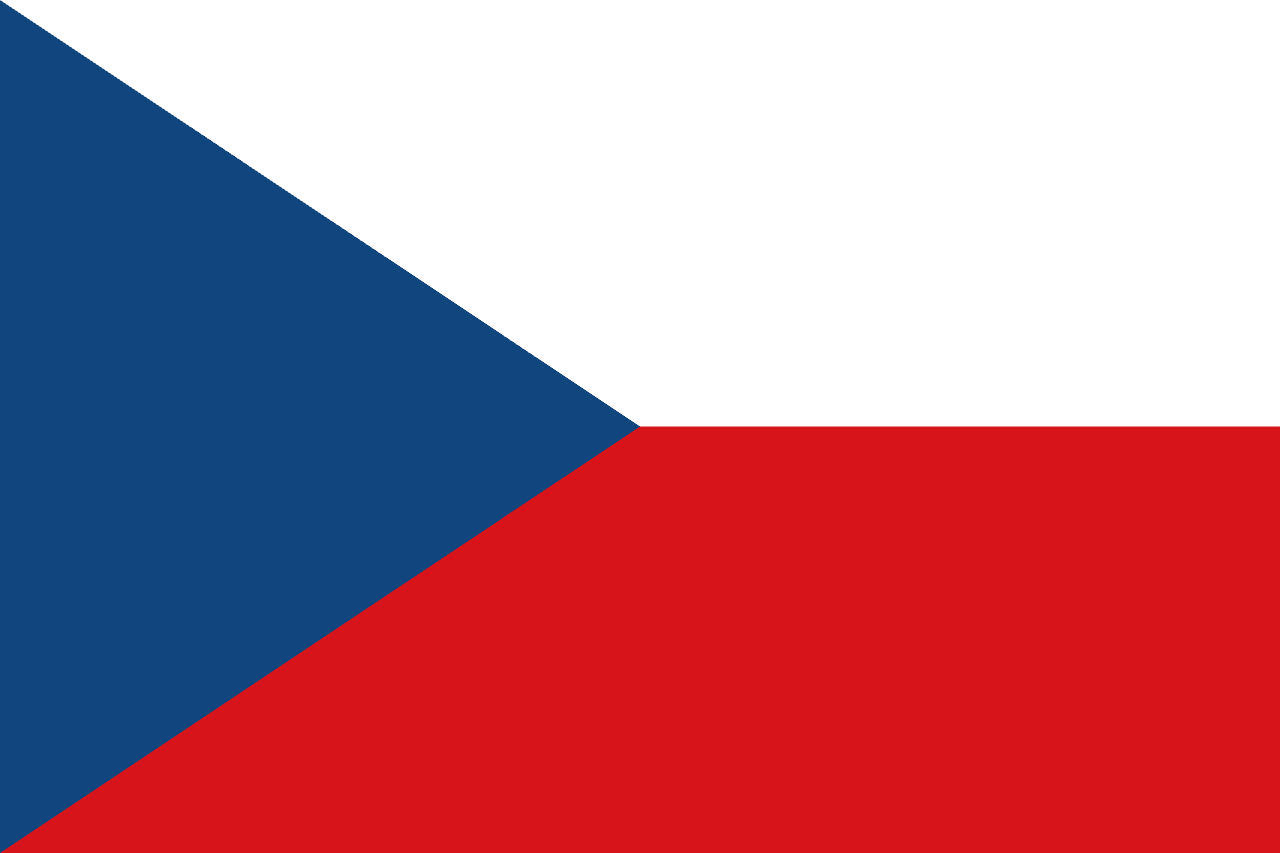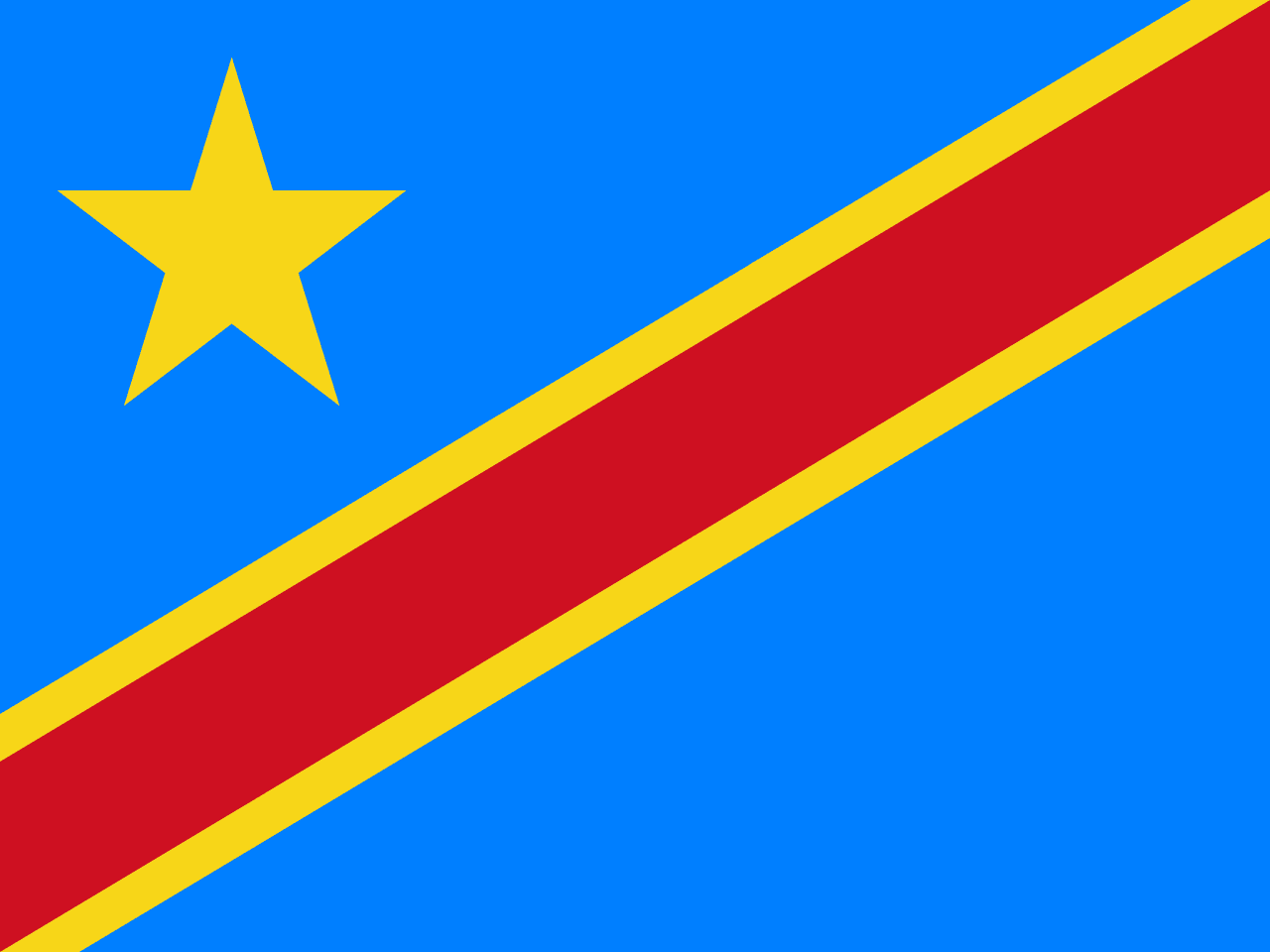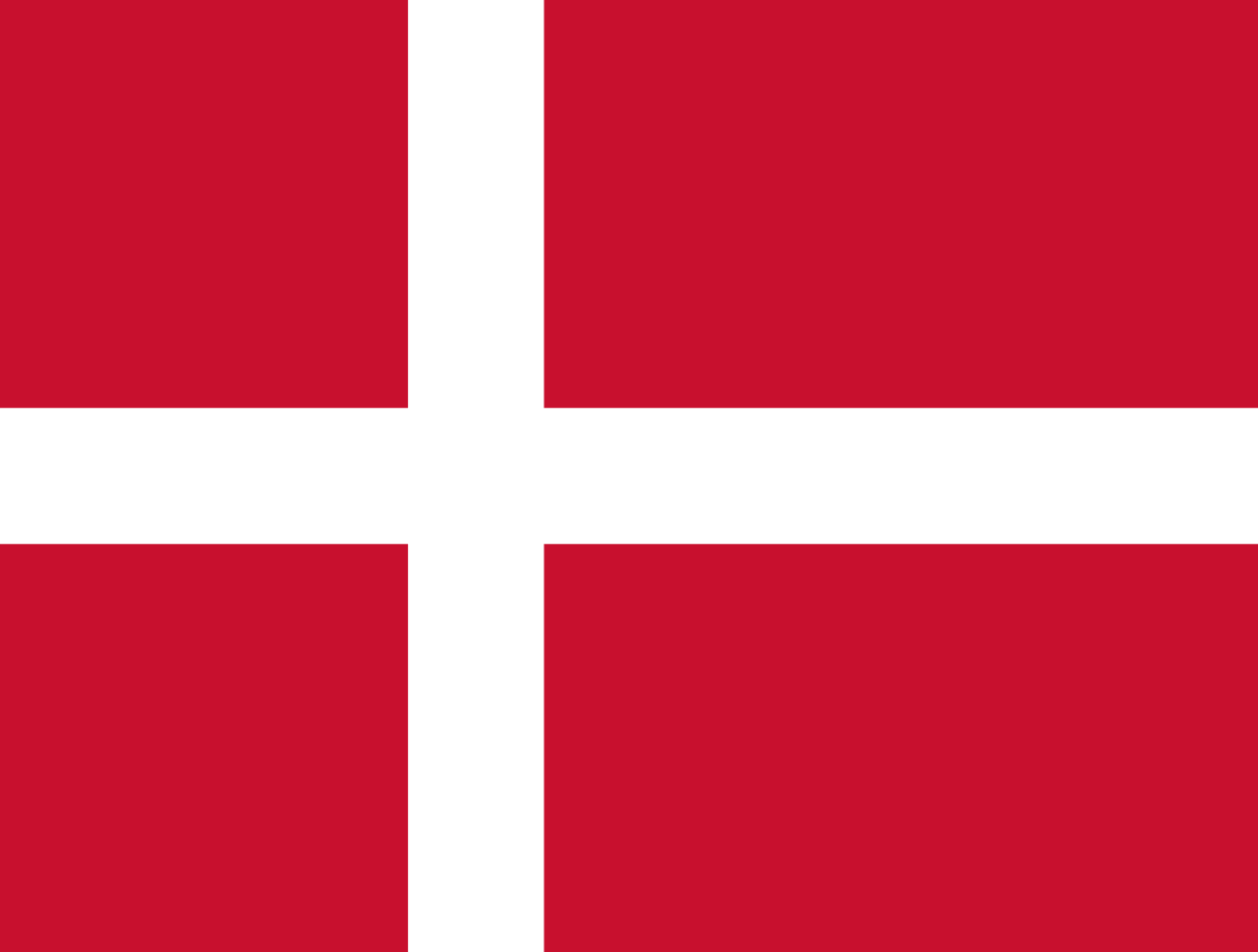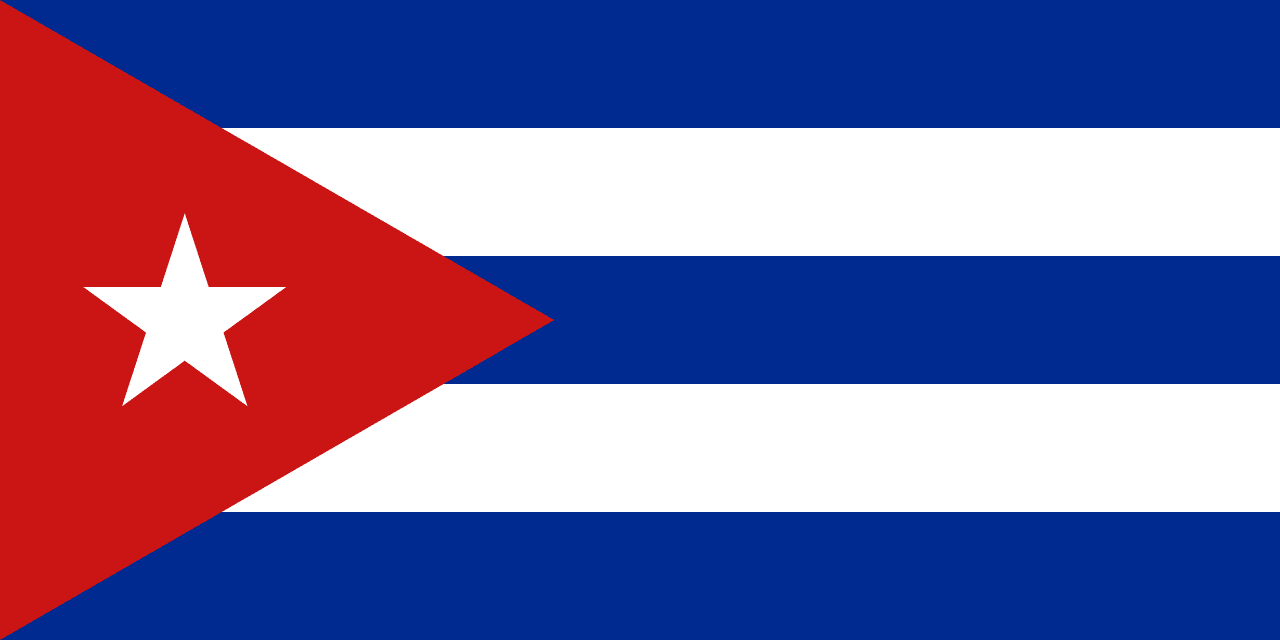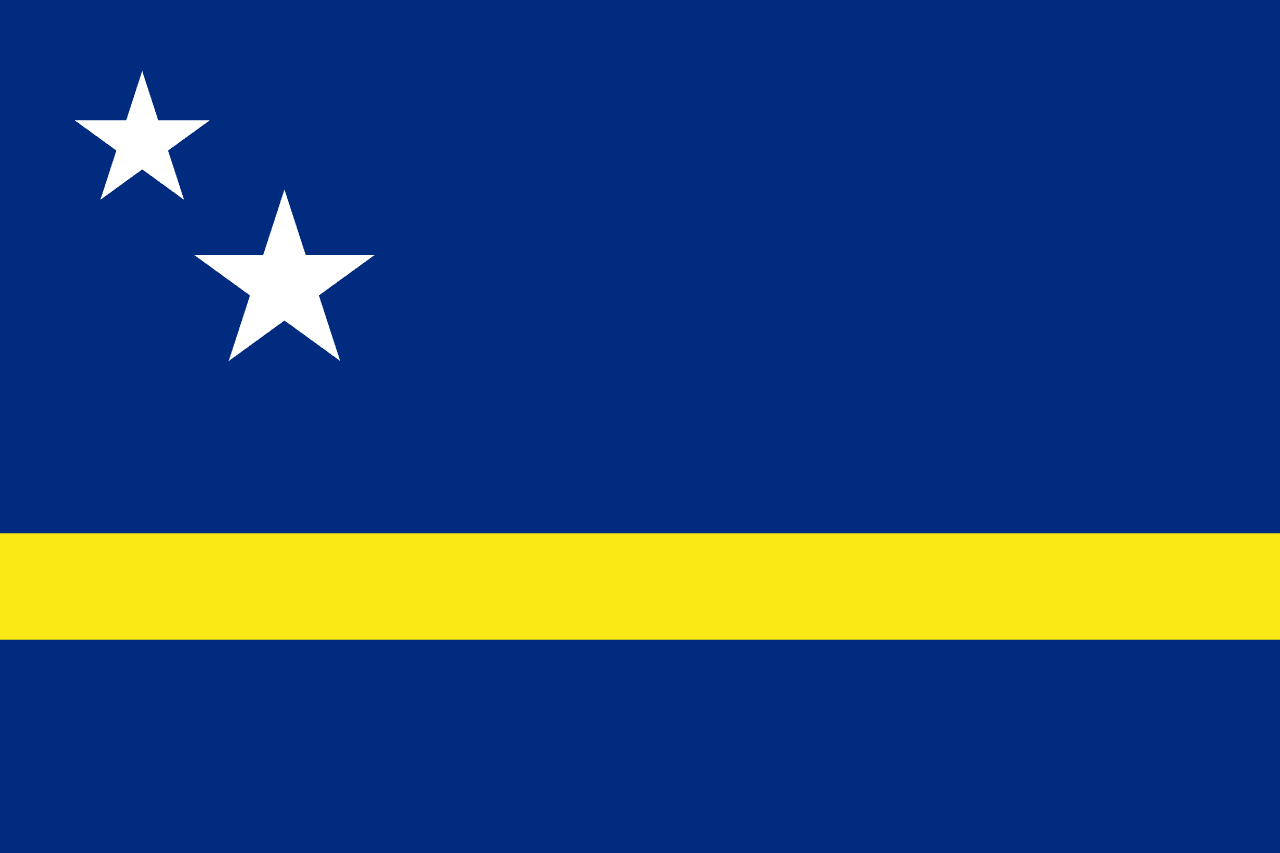The flag of Cyprus features a white field with a copper-colored silhouette of the island at its center, beneath which are two crossed olive branches. This unique design encapsulates the island's history, geography, and aspirations for peace, making it one of the most distinctive national flags in the world.
Cyprus information
| National Flag Day | — |
| Sovereign state | Yes |
| Official name | Republic of Cyprus |
| Capital | Nicosia |
| Population | 1,215,780 |
| Area | 9,251 km² |
| Currency | Euro (EUR) |
| Language | Greek, Turkish |
| Continent | Asia |
| Region | Middle East |
| Subregion | Western Asia |
| Borders | Akrotiri and Dhekelia (UK) |
| Timezone | Eastern European Time (EET) UTC+2 |
| Calling code | +357 |
| Top-level domain | .cy |
History of the Cyprus Flag
 The current flag of Cyprus was adopted on August 16, 1960, when the island gained independence from British rule. The design was the result of a competition held to create a new flag for the newly independent nation. The winning design, created by İsmet Güney, a Turkish Cypriot art teacher, was chosen for its neutral and unifying symbolism.
The current flag of Cyprus was adopted on August 16, 1960, when the island gained independence from British rule. The design was the result of a competition held to create a new flag for the newly independent nation. The winning design, created by İsmet Güney, a Turkish Cypriot art teacher, was chosen for its neutral and unifying symbolism.
Prior to independence, Cyprus used the British Blue Ensign with a badge depicting two lions, a legacy of its status as a British colony. The adoption of the new flag marked a significant break from colonial rule and the beginning of Cyprus as a sovereign state.
Symbolism and Design of the Cyprus Flag
Every element of the Cyprus flag carries deep symbolic meaning:
- The white background represents peace, reflecting the hope for harmony between the Greek Cypriot and Turkish Cypriot communities.
- The copper-colored silhouette of the island symbolizes Cyprus itself, known in antiquity as Kúpros, which means copper in Greek, due to its rich copper deposits.
- The two olive branches below the island represent peace and reconciliation between the island's two main communities.
- The flag's overall design, with no religious or ethnic symbols, was chosen to promote unity and avoid favoring any particular group on the island.
Usage and Significance of the Cyprus Flag
 The flag of Cyprus is a powerful symbol of national identity and sovereignty. It is flown on government buildings, schools, and public institutions across the island. During national holidays, such as Independence Day on October 1, the flag is prominently displayed in celebrations and parades.
The flag of Cyprus is a powerful symbol of national identity and sovereignty. It is flown on government buildings, schools, and public institutions across the island. During national holidays, such as Independence Day on October 1, the flag is prominently displayed in celebrations and parades.
In international contexts, the flag represents Cyprus at diplomatic events, United Nations gatherings, and global sporting competitions. It serves as a visual reminder of Cyprus's unique position as an island nation in the Eastern Mediterranean, bridging Europe and the Middle East.
Interesting Facts About the Cyprus Flag
- Cyprus is one of only a few countries in the world to feature a map of its territory on its national flag, alongside Kosovo and Antarctica.
- The flag's design was intentionally created to be neutral and inclusive, avoiding symbols associated with either the Greek or Turkish communities on the island.
- The copper color used in the flag is a nod to Cyprus's ancient history as a major source of copper in the Mediterranean region.
- Despite the division of the island in 1974, the flag continues to represent the entire island of Cyprus in international forums.
- The flag's designer, İsmet Güney, was honored with his portrait appearing on a Cyprus postage stamp in 2010, commemorating 50 years of the Republic of Cyprus.
